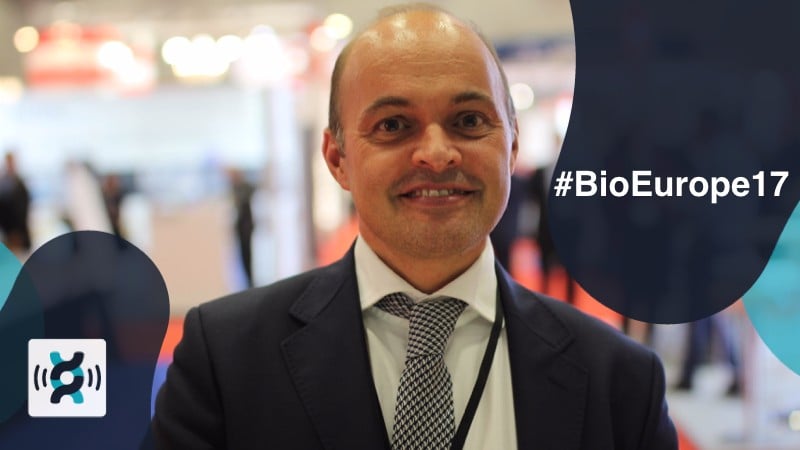Newsletter Signup - Under Article / In Page
"*" indicates required fields
I talked with Werner Lanthaler, CEO of Evotec, during Bio Europe 2017 to ask him what the key is to his company’s great success in supporting biotech innovation and establishing strategic partnerships.
Evotec started off as a contract research organization in Hamburg back in 1993. Today it has over 2,000 employees worldwide, its own pipeline of therapeutic candidates and a long list of partners that includes big names like Novartis, Roche, Bayer, Boehringer Ingelheim, Shire, Sanofi, and most recently Celgene.
Its success can surely be attributed in part to its CEO, Werner Lanthaler, who has kept a strong focus on collaborating with biotech, pharma and academia and supporting biotech innovation. “For us it’s natural to invest in innovation,” he says. “No service company on the planet was ever able to lead a sustainable business if [it was] not also leading in innovation.”
One of Evotec’s most recent successes is the creation of a novel partnership model to bridge the gap between academia and industry. Its first program, LAB282, set up in collaboration with the University of Oxford, has already launched seven projects with potential to turn into spin-off and licensing opportunities.
“It really helps every academic institution to progress top science,” says Lanthaler. “We bring their experiments immediately into a top industry-standard platform (…) also used by pharma, biotech or foundations, where you can immediately validate your experiments.”
This model translates into a win-win situation for both parties. Researchers get a fast answer to whether their science is ready to take the next step or it needs more basic research first — “which is not a bad thing,” adds Lanthaler. Meanwhile, Evotec can leverage the information to attract potential investors and partners.
The company has already launched a second program in Toronto, called LAB150, and Lanthaler says Oxford and Toronto will definitely not be the only partnerships they build as part of the academic bridge partnership model.
Hopefully, Evotec will set an example in the industry to bring companies closer to academia and inspire institutes to more actively seek out industry partners. In this space, the Francis Crick Institute in London is a great example of how some academic centers are already starting to shift their approach towards interdisciplinary collaborations outside the purely academic.






